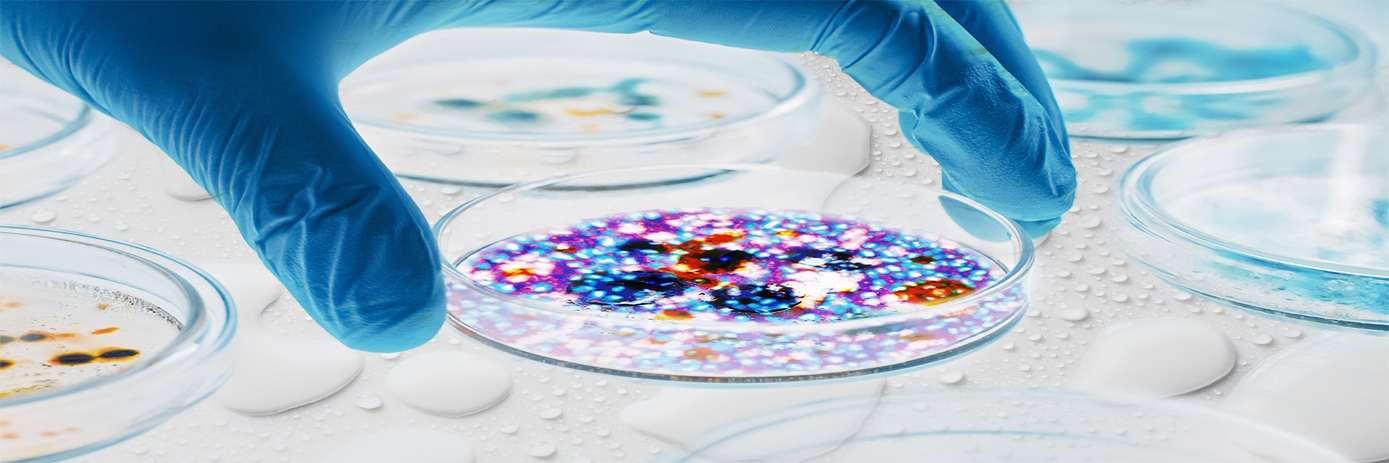The growing number of drug-resistant pathogens has led the World Health Organization (WHO) to declare antimicrobial resistance, or AMR, a top 10 global public health threat.1 In India, more than 58,000 babies died in one year as a result of infection by resistant bacteria; and in the U.S., antibiotic resistance causes more than two million infections and 23,000 deaths per year. Similar dire situations exist in regions around the globe, underscoring the need for innovative, non-traditional antibiotics that can combat resistance.2
Priority AMR pathogens
WHO recently published a list of priority pathogens to “guide and promote research and development of new antibiotics.”3 Not surprisingly, the list is dominated by bacterial pathogens which have been developing AMR at an accelerating pace. Amongst others, the pathogens considered “critical” are multi-drug resistant and include Mycobacterium tuberculosis, Acinetobacter baumannii, Pseudomonas aeruginosa, and various Enterobacteriaceae such as Klebsiella spp., Escherichia coli, and Salmonella species.
Challenges in antimicrobial development
The development of new AMR-busting antibiotics is challenging: of the 12 new antibiotics brought to market since 2017, only two represent new chemical classes of antimicrobials. The remaining 10 belong to existing antibiotic classes in which resistance mechanisms already exist.4
Researchers face several key challenges in their efforts to find new, more effective antimicrobial therapeutics. Pathogenic organisms continue to develop resistance to traditional medicines at a rapid pace, while traditional antimicrobial research approaches are labor-intensive and time-consuming. As a result, it is unlikely that a drug developed using traditional research approaches will be effective for any meaningful length of time – a situation that is neither helpful as a long-term solution nor business-sustainable.
Given all of these challenges, new advanced research methods and capabilities are crucial for antimicrobial researchers. Those who pursue new antibiotics need to gain a deeper understanding of how bacteria respond to current antimicrobials. To gain this type of in-depth data in a shorter timeframe requires advanced assays and instrumentation.
New approaches
The current antimicrobial drug development pipeline shows an increasing focus on novel therapeutic approaches. The WHO reviewed the pipeline in 2021 and found 32 non-traditional antibacterials under active clinical development:
- six antibodies
- nine bacteriophages/phage-derived enzymes
- ten microbiome-modulating agents
- one immunomodulating agent
- six inhibitors of virulence factor production or activity
The preclinical roster includes roughly equal numbers of traditional and novel approaches (90 vs 92). It also includes 33 antimicrobial peptides, an approach that does not fit neatly into either category. These changes in the makeup of the clinical and preclinical pipeline represent a positive move toward the development of novel approaches to antimicrobials that address AMR.
Professor Stephen Baker at the University of Cambridge leads a research team that is making great strides in developing the advanced methodologies needed to successfully address this global health crisis. The team uses high-content imaging to examine the diversity of phenotypes in clinical bacterial collections by identifying the phenotypic effects of antimicrobial exposure on individual bacteria.
In this way, Prof. Baker and his team screen for novel alternatives to existing antimicrobials, such as polyclonal antibody serum, monoclonal antibodies, and antimicrobial peptides. Using high-content imaging, they are also developing functional assays that complement conventional molecular microbiology approaches and considerably increase their throughput.
The Cambridge team’s work is discussed in more detail in High-Throughput Approaches To Overcome Antimicrobial Resistance white paper.
Revvity Inc. does not endorse or make recommendations with respect to research, medication, or treatments. All information presented is for informational purposes only and is not intended as medical advice. For country specific recommendations, please consult your local health care professionals.
References:
- World Health Organization (WHO). 2021. Antimicrobial Resistance. https://www.who.int/news-room/fact-sheets/detail/antimicrobial-resistance
- U.S. Centers for Disease Control and Prevention (CDC). 2019. https://www.cdc.gov/globalhealth/infographics/antibiotic-resistance/antibiotic_resistance_global_threat.htm
- WHO. 2017. Prioritization of pathogens to guide discovery, research, and development of new antibiotics for drug-resistant bacterial infections, including tuberculosis. https://www.who.int/publications/i/item/WHO-EMP-IAU-2017.12
- WHO. 2022. 2021 Antibacterial agents in clinical and preclinical development: an overview and analysis. Section 2, page 4. https://www.who.int/publications/i/item/9789240047655

































